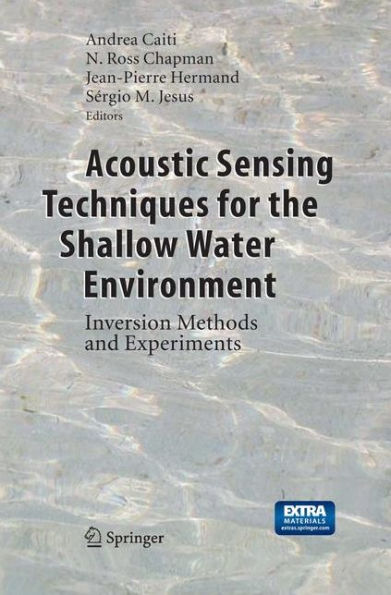This volume contains the collection of papers from the second workshop on Experimental Acoustic Inversion Techniques for Exploration of the Shallow Water Environment.
Acoustic techniques provide the most effective means for remote sensing of ocean and sea floor processes, and for probing the structure beneath the sea floor. No other energy propagates as efficiently in the ocean: radio waves and visible light are severely limited in range because the ocean is a highly conductive medium. However, sound from breaking waves and coastal shipping can be heard throughout the ocean, and marine mammals communicate acoustically over basin scale distances.
The papers in this book indicate a high level of research interest that has generated significant progress in development and application of experimental acoustic inversion techniques. The applications span a broad scope in geosciences, from geophysical, biological and even geochemical research. The list includes: estimation of geotechnical properties of sea bed materials; navigation and mapping of the sea floor; fisheries, aquaculture and sea bed habitat assessment; monitoring of marine mammals; sediment transport; and investigation of natural geohazards in marine sediments.
Audience
This book is primarily intended for physicists and engineers working in underwater acoustics and oceanic engineering. It will also be of interest to marine biologists, geophysicists and oceanographers as potential users of the methodologies and techniques described in the book contributions.



